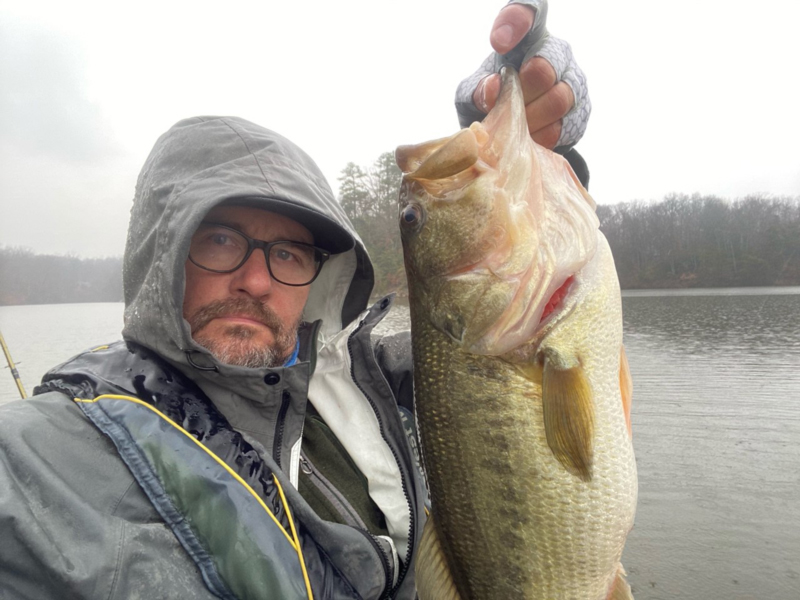With fall weather here and winter just around the corner, many of us may be thinking about hanging up our paddles and ending kayak fishing for the season. But don’t be so quick to do that, because the Mid-Atlantic region provides the kayak angler with year-round fishing. You will find endless lakes and reservoirs to fish, from the Eastern Shore millponds to Deep Creek Lake and Smith Mountain Lake out west. But let’s start with what differentiates reservoirs from lakes. There are no hard and fast rules as to which name to use, but in general, “lake” is used for a body of water that is primarily for recreational use while “reservoir” is used for a body of water that is used for either as water supply, hydroelectric power, or flood control. What I find interesting is that in Maryland there are no natural lakes (though there is evidence that there were at one time) and in Virginia there are only two natural lakes. So if you are fishing a lake in the area it will likely be manmade, but manmade bodies of water can be very different. Take for example the Eastern Shore millponds, which we can include as reservoirs because they are dammed bodies of water once used to operate grist mills and the like, even though they’re also ponds (a pond is a body of water that is shallow enough that light can reach the bottom and create weed growth).

You can use some of the same techniques that you are using on smaller bodies of water on a larger lake and vice versa. For example, when I’m fishing for winter largemouth bass I’ll take along a wacky rig. On a warm sunny winter day bass will move up into shallow water along the shoreline, cruising for bait. I use the same summertime technique during the winter, casting my bait next to fallen trees, along riprap shorelines, and old and dying grass beds.
One of my favorite techniques to use on a reservoir during winter is casting shaky head jigs or drop shot rigs across an old channel or creek bed. Identify the location by using a depth finder, and either let the wind push you over the channel or use a very slow troll. This allows the bait to move along the bottom, drop into the channel, and then come back up the other side. You’ll get bit most often as the bait enters or exits the channel, and you may be able to see which side of the channel the fish are sitting at on your depth finder.
Another effective wintertime technique is trolling a Mepps spinner. Choose the size of the spinner dependent on the depth you’re fishing. For example, if fishing Smithville Community Lake, one of the Eastern Shore millponds, a number three or number four Mepps is a good choice for pickerel. If fishing on a larger body of water up-size the spinner to a number five or six, to get the additional weight to troll at a greater depth. On a deep reservoir fish will often suspend in the water column above timber or other structure. Once you find fish on your depth finder you can count your bait down to that depth, then troll or cast and retrieve at very slow speeds.
Other baits to consider during the winter are crankbaits, but fish the thinner baits to get a better wobble action at slow speeds. Swimbaits are a good bait to use, too. You can fish them slow and at all depths. And don’t discount casting them around deeper water docks, as largemouth bass will sometimes suspend around the structure.
Keep in mind that during winter the fish slow down. I have found that I can cast a shaky head jig, let it rest on the bottom, and as I jig it back to the kayak I have to wait as long as a five count, sometimes as long as a 10 count, before getting bit. Fish need to feed all winter but they will react slower, suspend more often, and on sunny days move shallower to feed.
Before you head out on the water during the cold weather months check out Paddlers Edge: Winter Kayak Safety.